Clark Gable earned the title ‘King of Hollywood’ for his dominance as a leading male cast in movies. It is also that privilege which afforded him the right to demand for integration of washrooms for both black and white cast lest he walked off the project.
Gable did not hide his Black and Native-American heritage even if the studio managers didn’t particularly make it public knowledge. He also was of Pennsylvania Dutch, Belgian and German ancestry.
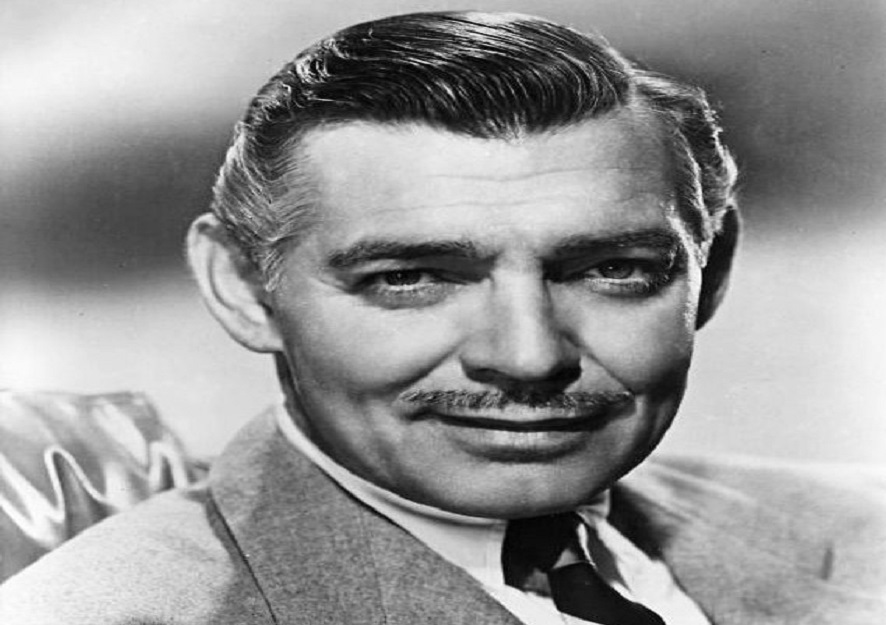
Gable was so serious about integration and the removal of needle barriers that when his ‘Gone with the Wind’ co-star Hattie McDaniel was not permitted to attend the premiere in Atlanta, Georgia, he threatened to boycott it.
It is to his lasting memory that when he saw “colored” and “white” bathrooms on set reinforcing segregation he refused to continue working until all the cast were treated equally.
Gable’s path to Hollywood wasn’t easy though. He had former actress and theater manager Josephine Dillon to thank for her intervention to kick start his Hollywood incursion. Dillon, 17 years his senior, took an interest in Gable and soon became his acting coach and paid to have his teeth fixed and his hair and eyebrows styled. The pair married, and moved to Hollywood, California.
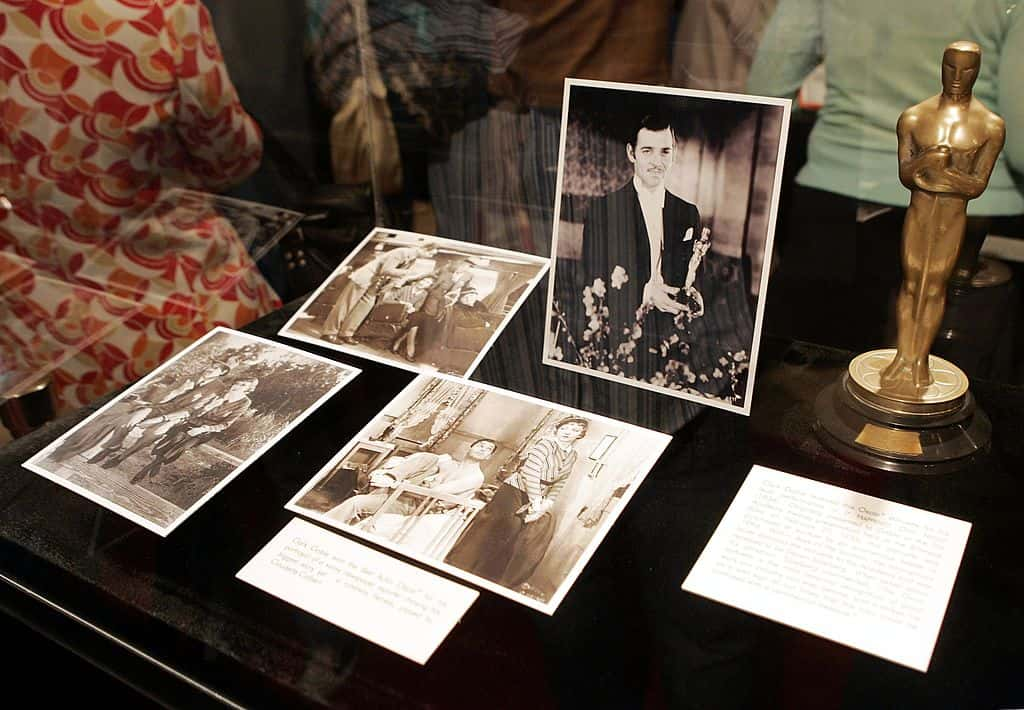
Even with Dillon’s connections, Gable had a hard time getting Hollywood roles due to his big ears. His fate changed, however, when MGM executives saw him in a speaking role in ‘The Painted Desert’ in 1931. They showed interest and signed him. He was cast alongside stars like Greta Garbo and Joan Crawford enabling his stock to rise.
He hit box-office gold with such films as It Happened One Night and Gone with the Wind. His final film, The Misfits, was also Marilyn Monroe’s last film. Dance, Fools, Dance, Boomtown, San Francisco, Mutiny on the Bounty, Soldier of Fortune and The Tall Men are other films he featured in.
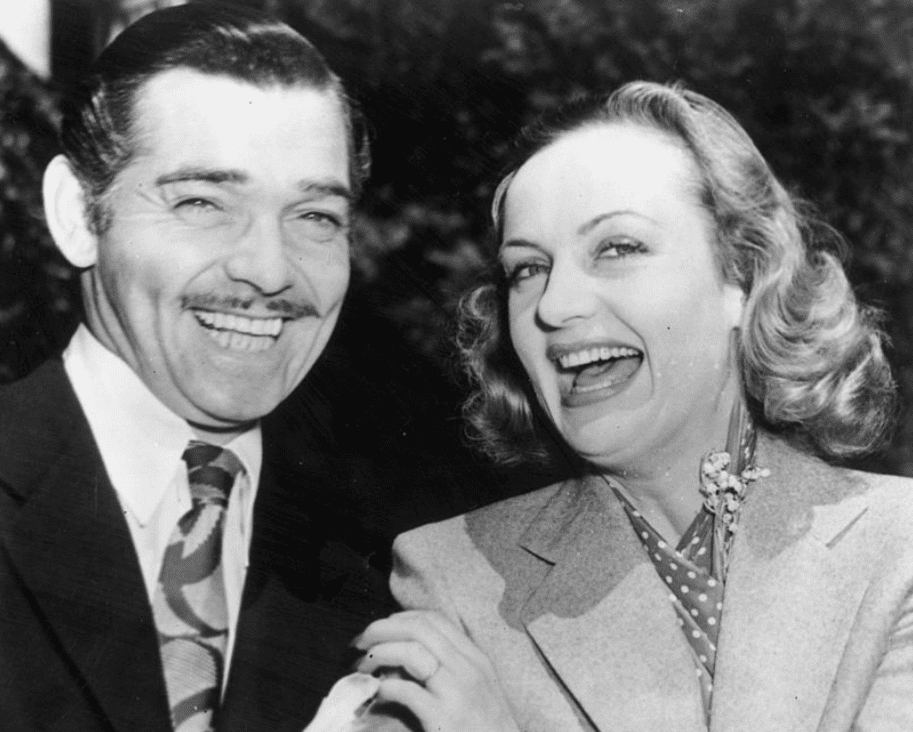
An incident of note happened during the filming of Dancing Lady in 1933. Gable developed pyorrhea, an infection in his gums that required immediate removal of nearly all his teeth. He was hospitalized and because of delays in filming and necessary reshoots, the film ran $150,000 over budget. When he returned to work, MGM loaned him to the then-low-budget Columbia Pictures for a Frank Capra comedy, It Happened One Night. Against all odds, he won an Academy Award for the film.
Gable was also a legend for his on- and off-screen romances. He married five times and had affairs. His wives included his first theater director Dillon, socialite Rhea Langham (Maria Franklin Prentiss Lucas Langham), actress Carole Lombard, Lady Sylvia Ashley and actress Kay Williams Spreckels. Spreckels and Gable had one son, John Clark Gable, who was born after Gable’s death.
Gable also had a “secret” daughter, Judy Lewis (born on Nov. 6, 1935), from an affair with actress Loretta Young. Lewis died in 2011 at the age of 76.
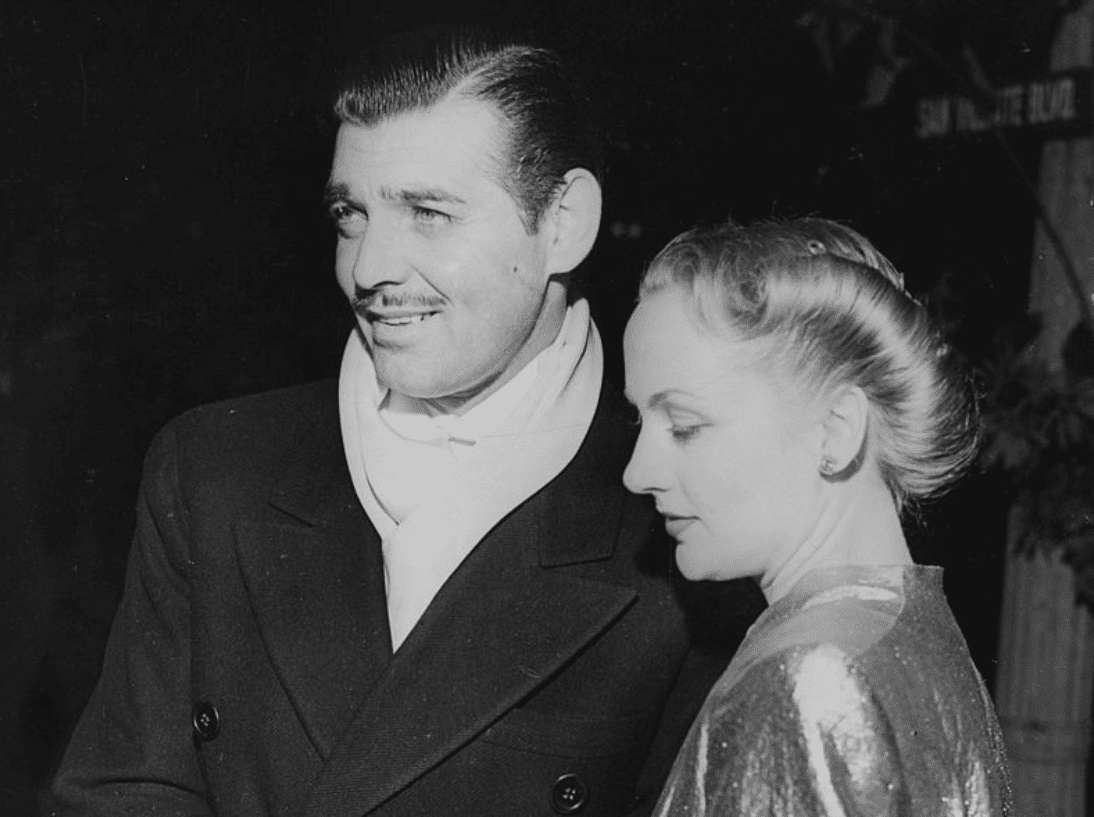
Gable was born on February 1, 1901, in Cadiz, Ohio. His father William Henry “Will” Gable was an oil driller and farmer; his mother Adeline née Hershelman died when he was an infant. He dropped out of high school at 16 and went to work at a tire factory in Akron, Ohio. His interest in film was pricked when he saw a play and enjoyed it so much that he decided to become an actor.
The man admired by men and adored by women enlisted in the Army Air Force at age 41 serving as a tail-gunner on five bombing missions over Germany. Even here, he made a propaganda film for the Army. He was discharged in 1944.
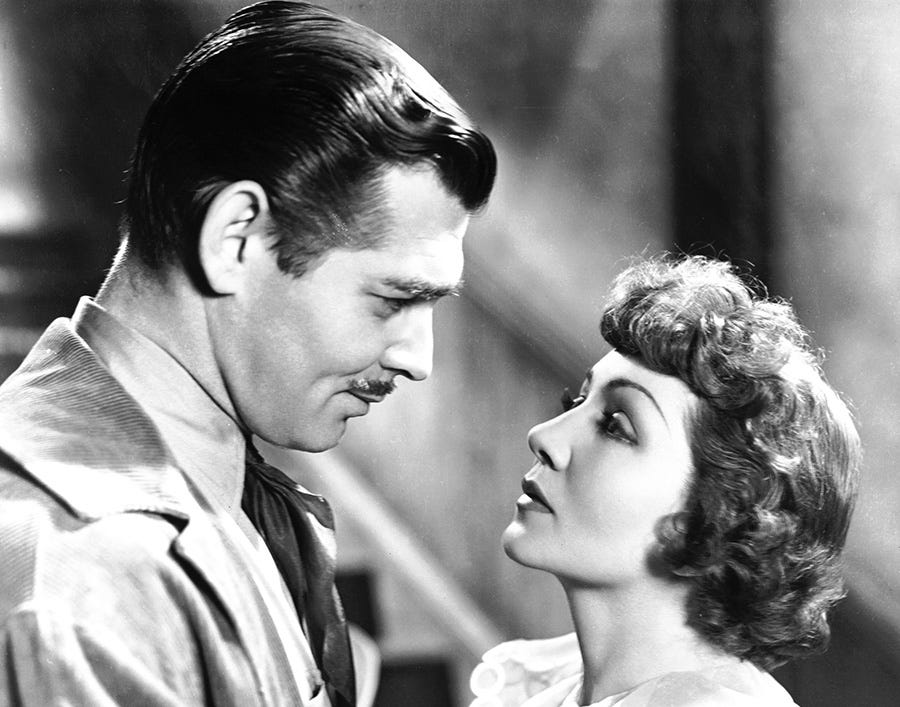
When his studio contract expired in 1954, he became the highest-paid freelance actor of his day.
He had roles in more than 60 motion pictures in a wide variety of genres in a career that lasted 37 years, three decades of which was as a leading man.
Gable, one of the biggest stars in Hollywood suffered a heart attack and died on November 16, 1960.










